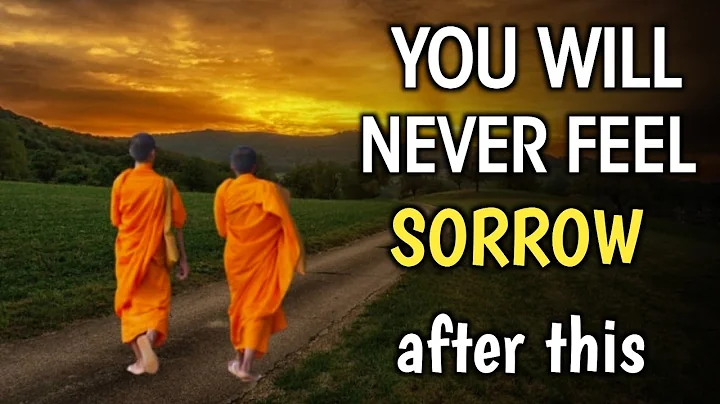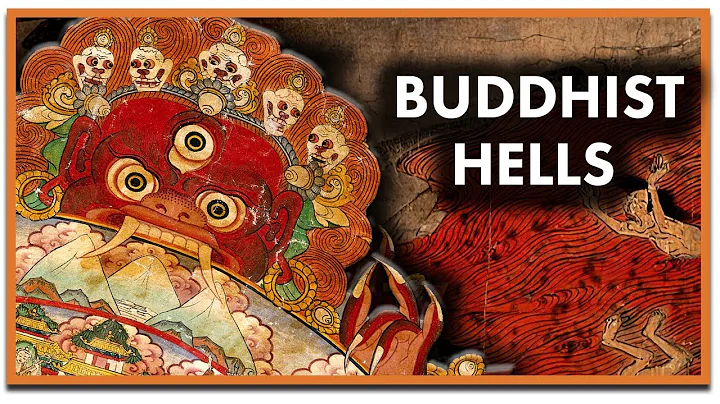
started with the first introduction of Buddhism to China. In the past 2,000 years, the distinctive images of the Buddhist world constitute our initial impression of the Buddhist belief and art world.
As the flow of time and space, these images of compassion or tranquility have long been scattered in every place with temples and believers along with Buddhist scriptures and Buddhist stories.

Kumutula Grottoes Dome Picture source: Douban @Tangyang's favorite Argentina
In this long time, Buddhist art has long transcended the differences in regions, texts, customs and cultures, and has become an indispensable part of the history of Chinese art .
For this reason, we have launched a series of courses with the theme of Buddhist caves and statue art, and explores in-depth the secrets between its creation, evolution and inheritance.

However, to this day, we have rarely digged deep into the single figures in Buddhist art and interpreted the fundamental source of faith behind the classic statues.
The course "Chinese Bodhisattva" that we grandly launched today is a course that teaches you the systematically the Bodhisattva in Buddhist culture .

Bodhisattva, full name "Bodhisattva", transliterated by Sanskrit in Bodhisattva, meaning it is translated as enlightened sentient beings.
Bodhi means enlightenment, Sattva means sentient beings or sentient beings. Bodhisattva seeks Bodhi with wisdom and transforms sentient beings with compassion. It is the core representative of the "self-awareness and awareness" spirit of Mahayana Buddhism, and it is also the most familiar Buddhist figure in the hearts of Chinese people.

Bodhisattva statues distributed in various caves and temples
Since the Wei and Jin Dynasties, Bodhisattvas have had an important influence in China, forming the well-known famous Bodhisattva beliefs such as Maitreya , Guanyin, Manjushri , Samantabhadra , Ksitigarbha , Ksitigarbha , Ksitigarbha , Ksitigarbha , , etc.
This belief has deeply influenced China's politics, economy, literature, art, and philosophy. Literature and literati have loved to write poems to Bodhisattvas. Painters and sculptors of all generations are keen on creating rich and diverse images of Bodhisattvas, and has thus formed a cultural heritage that has become a grand view.

Song Muxi Guanyin Picture
Even if Bodhisattvas can be seen everywhere, the Bodhisattva's beliefs are deeply rooted in people's hearts and have influenced Chinese culture and art for thousands of years. However, for many people, they still have the confusion of being foolish when facing many Bodhisattvas; When walking into a temple/visiting a museum, when facing the images of classic Bodhisattvas, they suddenly feel at a loss and don’t know how to appreciate them.
How many types of Buddhist Bodhisattvas are there? How to distinguish? How to appreciate it? What are the classic images of
that have to be read?
What is the Bodhisattva temple? What are the Bodhisattva temples?
How are they formed?
Maitreya, Guanyin, Samantabhadra, Manjushri, Ksitigarbha...
What Buddhist cultures do you have to know behind these Bodhisattvas?
"Three Saints of the West", "Three Great Masters of the ", "Three Saints of Huayan" What is the combination of
?
What are the important classics of the Bodhisattva’s faith? How do these classics such as
translate or create?
What temples and museums are there in which famous Bodhisattva statues and cultural relics collections
?
…

The Three Saints of Huayan Picture Source/Ziyang Dazhong.com
In order to solve these problems, art and tourism culture specially invited three tutors
Sun Yinggang , Huang Yangxing, Changqing
8 classes, 1000 minutes super long class hours
From background knowledge to artistic image,
Evolve from history to classic interpretation,
Take you to understand Chinese Bodhisattva.










Subscription method
Scan the QR code below 👇
Original price: 279 yuan/person
Group purchase price: 199 yuan/person (2 people buying a group)
Duoduo Education: Provide children with a brand new way of learning - learning in museums.Let children understand, perceive and explore the world in historical and cultural relics.


WeChat group: Scan the QR code below to
(scan the code to join the communication group, do not enter when advertising)








![[English] Who Am I - Lecture 1 - Ven. Guan Cheng - DayDayNews](https://i.ytimg.com/vi/KU0fUs2It5o/hq720.jpg?sqp=-oaymwEcCNAFEJQDSFXyq4qpAw4IARUAAIhCGAFwAcABBg==&rs=AOn4CLDFpQUN_QwRfC7bmP4sUadq-RcYdg)
![A Moving Masterpiece 清明上河图 [English narration] - DayDayNews](https://i.ytimg.com/vi/kxff-4GktOI/hqdefault.jpg?sqp=-oaymwEcCOADEI4CSFXyq4qpAw4IARUAAIhCGAFwAcABBg==&rs=AOn4CLBtHGLeUpJNCYDJYnZTuISQ1N5Vag)


